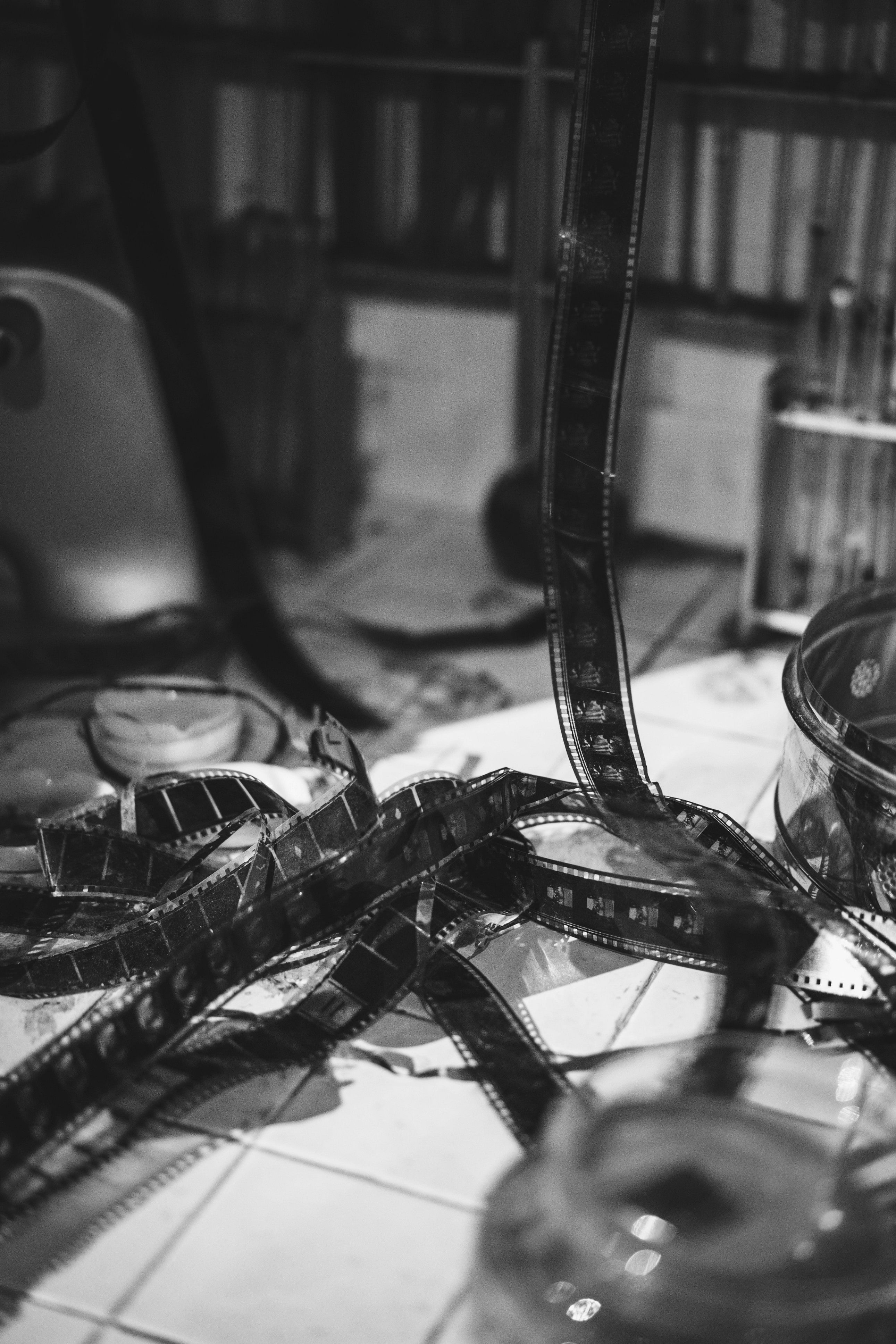
Film reel.
Credit: Unsplash photo
During the 1940s in Bangalore, only Hindi, Tamil, and Telugu movies were available; Kannada movies had yet to make their debut. In the mid-1950s, following the success of Dr Raj Kumar's films, a wave of Kannada movies flooded the theatres.
In the 1940s, a family going to the movies was a rare event, with only two or three visits a year being considered a middle-class achievement. Many of my primary and middle school classmates hadn't seen a single movie until the mid-1950s. Successful films during that era would run for six months to two years in the same theater. Notable titles include Kismat, Chandralekha, Pathala Bhairavi, and Awara. Some who could afford more frequent visits would watch the same movie 10 to 20 times.
When a family of 6-10 members planned a movie outing, preparations would begin a week in advance. Selecting the right movie, theatre, and transportation (on foot, by horse-driven cart or juttaka, or occasionally by bus) was essential. Buses ran irregularly, often being full unless boarded at the starting point. A few adventurous youngsters rode bicycles, but double riding was strictly prohibited. Traffic violations, like ignoring "Halt and Proceed" signs, cycling without a licence, or lacking lights at night, resulted in fines. One constable, H B Sitaramiah, earned the nickname "Halt Board Sitaramiah" for catching cyclists who didn't stop at the crossing of present-day Nagasandra Road and National High School Road.
In 1953, when we were studying in 7th standard, courtesy the largesse of a theatre manager's son, we received four complimentary movie tickets. The English film Monkey Business played at the Rex on South Parade (now MG Road), which was part of Cantonemnet.
We got our half-shirts and half-pants washed and ironed in preparation for the big day; one even managed a full formal attire: his cousin's discarded pant and a shabby necktie. None of us had footwear.
Visiting the cantonment area required special permission at home because there were British and Anglo-Indian settlers and smoking and drinking were common. In those days, liquor and meat shops were scarce in areas like Shankarpuram, Basavanagudi, VV Puram, and Chamrajpet where we hailed from. It wasn't until I joined Tata Steel in 1960 that I saw someone eating non-vegetarian food.
On the appointed day, we discovered that only two of us had bus fare--one who later retired as GM (BEML) and myself, who retired from Tata Steel. Of the two that didn't have the fare, one later became an IPS officer and MD of KSRTC and shared this incident in the 1980s, the other went on to become an IRS officer, and retired as SR-GM Telephones.
To cut a long story short, we eventually watched the movie. It made no sense to us and we formed our own conclusions. We walked both ways, using the bus money for snacks and coffee on our way back.